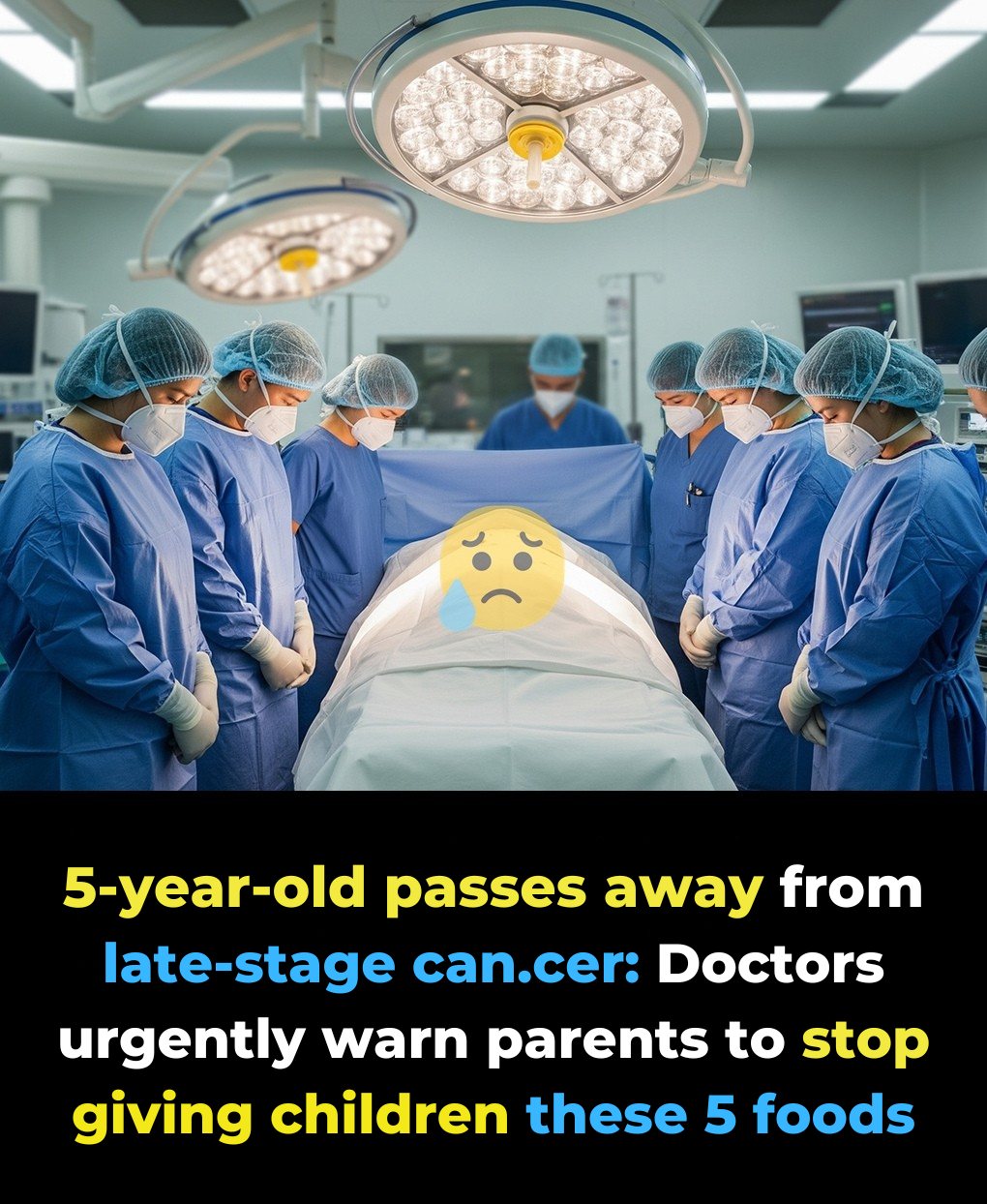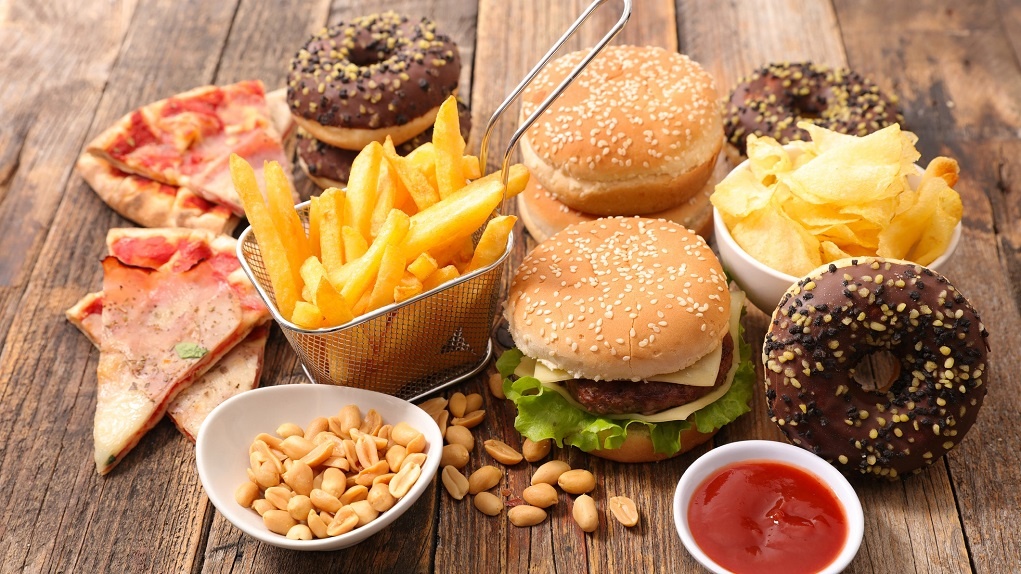
The heartbreaking loss of a 5-year-old child to late-stage cancer has sparked a powerful warning from health experts. Doctors are now emphasizing that nutrition plays a far greater role in preventing chronic disease than many parents realize.
While cancer can develop due to genetics or environmental factors, doctors are increasingly pointing to diet as a crucial—and often overlooked—determinant of long-term health. What children eat in their formative years can either build resilience against disease or silently increase their risk.
In light of this tragedy, pediatricians and oncologists are urging parents to pay closer attention to everyday food choices. Below are five common food groups they recommend limiting—or avoiding altogether—to better protect children’s health and wellbeing.
1. Processed Meats (sausages, ham, hot dogs)

Processed meats are convenient and popular, but they contain nitrates, nitrites, preservatives, and artificial coloring. The World Health Organization (WHO) has classified processed meats as carcinogenic to humans, linking them directly to increased cancer risk. For children, whose bodies are still developing, the danger is even higher.
Healthier Alternative: Fresh lean proteins such as chicken, turkey, eggs, tofu, beans, or fish provide essential nutrients without harmful additives.
2. Sugary Drinks and Sodas
Brightly packaged sodas and flavored beverages may appeal to children, but they deliver excessive sugar and artificial chemicals. Regular consumption increases risks of childhood obesity, type 2 diabetes, and even cancer through chronic inflammation. Just one can of soda can surpass a child’s recommended daily sugar intake.
Healthier Alternative: Water, unsweetened teas, or naturally infused water are far better options. Diluted fresh juice can satisfy a sweet craving more safely.
3. Deep-Fried and Fast Foods
French fries, nuggets, and onion rings are childhood favorites but often fried at high temperatures, producing acrylamide—a compound linked in animal studies to cancer risk. These foods also contain trans fats, excess sodium, and preservatives that weaken the immune system. While occasional indulgence is less concerning, frequent consumption is a significant health gamble.
Healthier Alternative: Try oven-baked fries, homemade lean-meat nuggets, or air-fried versions that retain taste with fewer risks.
4. Instant Noodles and Packaged Snacks
Convenient but nutritionally poor, instant noodles and processed snacks are loaded with sodium, MSG, and artificial additives. Over time, they impair metabolism, digestion, and cardiovascular health. Research links high sodium intake in children to elevated blood pressure and long-term heart problems.
Healthier Alternative: Fresh meals like vegetable rice bowls, homemade soups, or simple fruit-and-nut mixes provide real nourishment and build lifelong healthy habits.
5. Sweets with Artificial Colors and Flavors

Candy, gummies, and brightly dyed desserts may delight kids, but artificial dyes and flavorings have been associated with hyperactivity, mood changes, and potential carcinogenic effects. Children are especially vulnerable because their developing systems process chemicals differently.
Healthier Alternative: Choose dark chocolate, fruit-based treats, or baked goods made with natural ingredients and plant-based colors.
Final Thoughts: Prevention Starts at the Table
The tragic loss of a young child to late-stage cancer is a sobering reminder that prevention often begins long before illness appears. While not all cancers are preventable, doctors emphasize that nutrition is one of the most powerful tools parents have to safeguard their children’s future.
By avoiding or limiting these five high-risk food groups, families can reduce exposure to harmful additives and strengthen long-term health. In the end, the small, daily choices—what goes on the plate, into the lunchbox, or in the grocery cart—can make the difference between vulnerability and resilience.